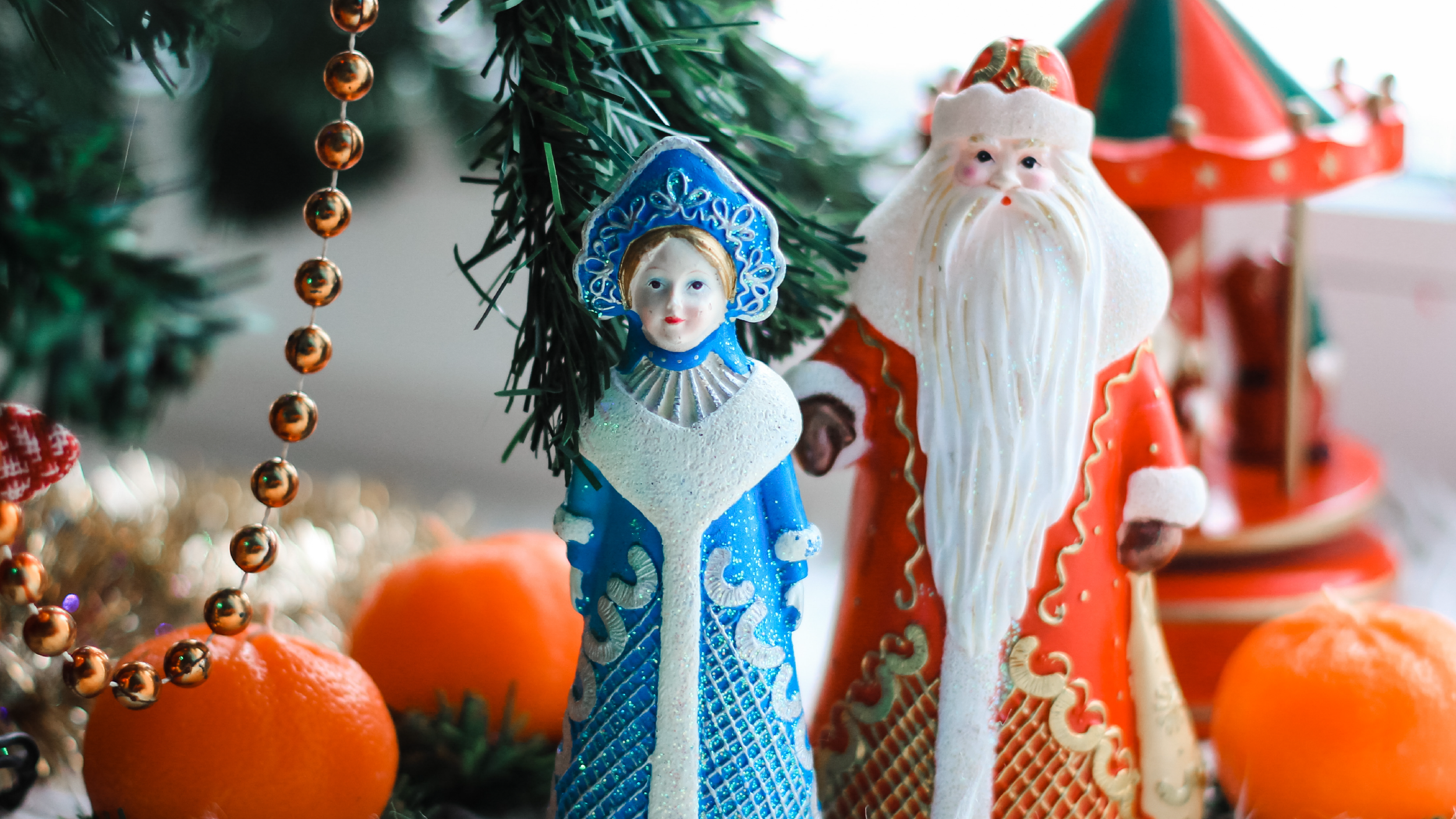Christmas lights up the world with twinkling decorations and festive cheer, drawing millions into its warm embrace each year. Yet, its story begins long before the holiday we know today, rooted in ancient traditions far removed from modern Christian celebrations. Tracing its evolution reveals how Christmas became a global blend of sacred and secular, shaped by centuries of cultural exchange.
Before Christianity, Europe’s winter solstice festivals laid the groundwork. The shortest day of the year—around December 21st—marked a turning point for ancient communities. In Rome, Saturnalia honored the god Saturn with feasts, gift-giving, and merry chaos, including role reversals where enslaved people briefly ruled. Germanic tribes celebrated Yule, burning giant logs and decking homes with evergreens to symbolize life amid winter’s gloom. These rituals, meant to coax back the sun, echo in today’s Christmas customs like gift exchanges and festive greenery.
As Christianity spread, it didn’t erase these traditions but reframed them. By the 4th century, Church leaders pegged December 25th as Jesus’s birthdate—despite no biblical evidence—aligning it with Saturnalia and solstice celebrations. This overlap eased the transition for converts, who kept feasting and decorating under a new faith. Over time, pagan symbols took on Christian meanings: evergreens stood for eternal life, and gifts recalled the Magi’s offerings.
The holiday kept evolving with each culture it touched. The Christmas tree emerged in 16th-century Germany, where families decorated firs with apples and candles for “Paradise Plays” about Eden. It went global in 1841 when Queen Victoria and Prince Albert posed with one at Windsor Castle, sparking a trend across Britain and beyond. Stockings, meanwhile, trace to Saint Nicholas, a 4th-century bishop who secretly gifted gold to save a family’s daughters from ruin—legend says it landed in their drying socks.
Today, Christmas thrives in diverse forms. In Mexico, Las Posadas reenacts Mary and Joseph’s journey with candlelit processions, while Australia swaps snow for sunny barbecues. Midnight mass and carols share space with secular joys like eggnog and Santa visits. Even in Japan, where Christianity is rare, couples celebrate with KFC and strawberry cake—a modern twist on an ancient holiday. Each tradition reflects resilience and adaptation, uniting us in joy.
As you deck your halls in 2025, consider the history behind the lights and gifts. Christmas is a living story, woven from pagan roots and Christian threads, proving tradition’s power to connect us across time and borders.

